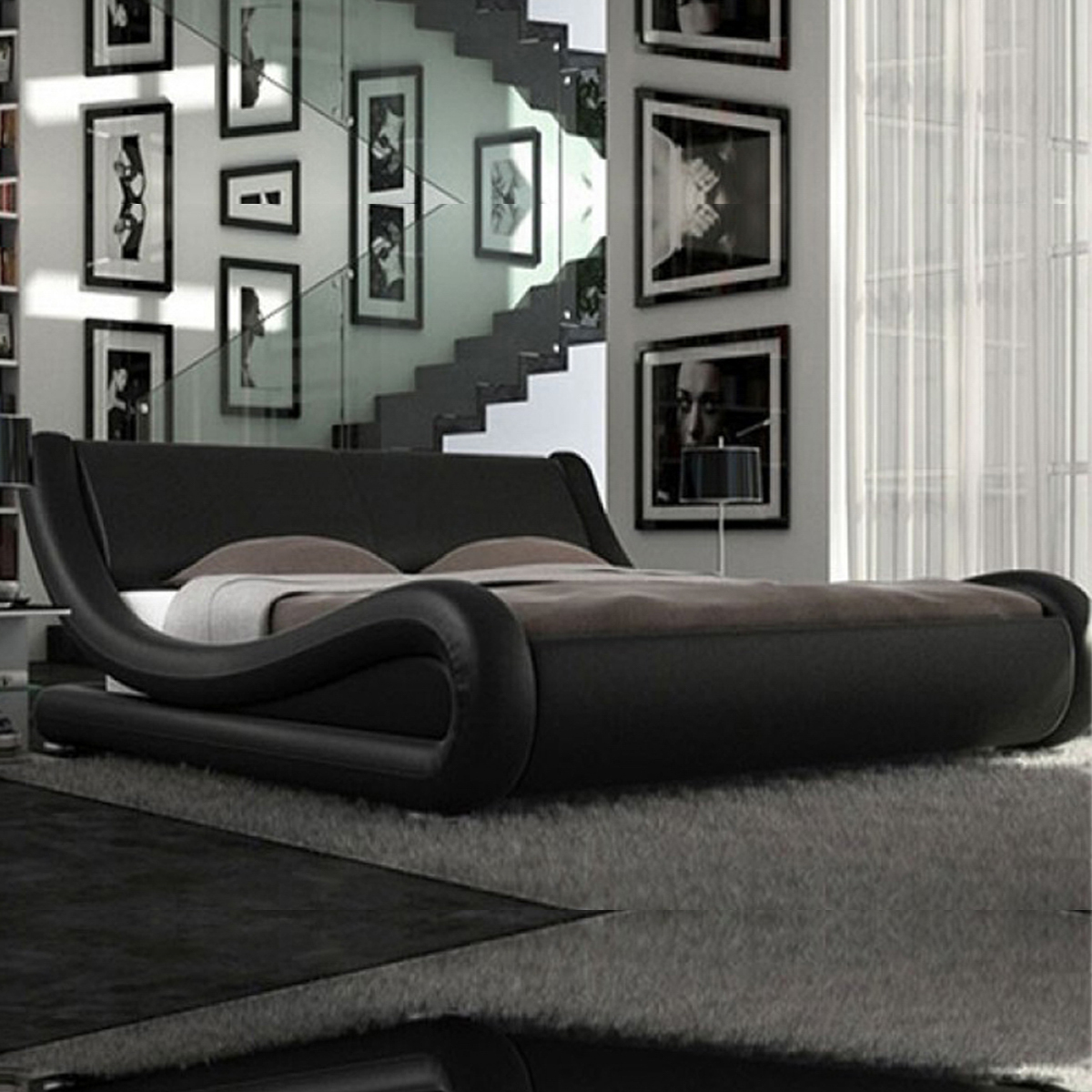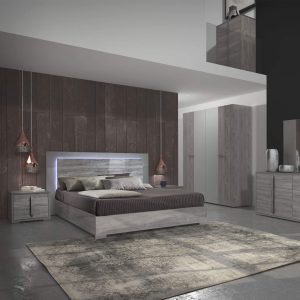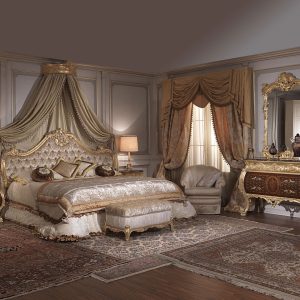
Exploring the Fusion of Danish and Japanese Design: A Modern Design Movement.
Danish and Japanese design may seem like an unlikely pairing at first glance, but when these two design styles are combined, they create something truly unique and beautiful. The minimalist and functional approach of Danish design complements the traditional and artful aesthetic of Japanese design. This fusion of two distinct styles has given birth to a modern design movement that has taken the world by storm.
The Origins of Danish and Japanese Design
Danish design is characterized by its simplicity, functionality, and use of natural materials. The movement emerged during the mid-20th century and was a response to the ornate and decorative styles that were popular at the time. The Danish approach to design emphasized the use of clean lines, natural materials, and sleek forms.
Japanese design, on the other hand, has a much longer history. It has been influenced by the principles of Zen Buddhism and is characterized by its attention to detail and respect for tradition. Japanese design emphasizes the beauty of imperfection and the use of natural materials like wood, paper, and stone.
The Fusion of Danish and Japanese Design
Danish and Japanese design share an appreciation for simplicity and functionality. When these two styles are combined, the result is a harmony of natural materials, clean lines, and minimalist form. The fusion of these two styles has been embraced by designers and consumers alike, and has given birth to a new design aesthetic that is both modern and timeless.
One of the most notable examples of Danish and Japanese design fusion is the work of Arne Jacobsen. His famous Egg Chair, designed in the 1950s, is an iconic piece of furniture that combines the clean lines of Danish design with the organic form of a cracked egg. The result is a chair that is both comfortable and visually stunning.
Another example of the fusion of Danish and Japanese design is the work of Naoto Fukasawa. His products, such as the Muji CD player and the Infobar mobile phone, are inspired by the simplicity and functionality of both Danish and Japanese design. The products are characterized by their clean lines, natural materials, and minimalist form.
The Influence of Danish and Japanese Design on Contemporary Design
The fusion of Danish and Japanese design has had a significant impact on contemporary design. It has shifted the focus from decoration and ornamentation to simplicity and functionality. The use of natural materials and clean lines has become a hallmark of modern design, and the influence of Danish and Japanese design can be seen in a wide range of products, from furniture to electronics.
One of the most significant examples of the influence of Danish and Japanese design on contemporary design is the rise of Scandi-Japanese style. This style draws on the minimalist and natural materials approach of Danish and Japanese design, and is characterized by its simplicity, functionality, and beauty.
The fusion of Danish and Japanese design has given rise to a modern design movement that is both innovative and timeless. The combination of the natural materials and minimalist form of Danish design with the traditional aesthetic of Japanese design has created a unique and harmonious design style that continues to thrive today. The influence of Danish and Japanese design can be seen in a wide range of products and has had a significant impact on contemporary design. As we look to the future, it is clear that the fusion of these two design styles will continue to inspire and influence designers around the world.


